Welcome to the 2015 DiscoverDesign.org National High School Architecture & Design Competition!
This year's real-world design problem is to design a pocket park for your neighborhood or school. Click to view the 2015 rules and entry guidelines and registration.
Design Challenge Background
Pocket parks have the ability to activate under-used or open spaces, and turn them into vibrant community spaces. No matter where they pop-up, they provide a unique place for people to gather, rest, play, or escape the hustle and bustle of the day. Cities across the country have been creating more and more pocket parks to bring neighborhoods to life & create a positive sense of place and pride for their community. A pocket park is a small park, typically build on a single vacant lot or on a small irregular piece of land, that is accessible to the general public.
Design Challenge Brief
Design a pocket park for a small piece of land near your school or in your neighborhood. Your design needs to provide spaces for groups to gather, spaces or activites for multiple age groups, and should be no bigger than 14,500 square feet. What might a park look like that is designed with community needs in mind, as opposed to a one-size-fits-all design?
A standard lot size in Chicago is 50'x125'. You could occupy two Chicago lots, adjust the dimensions, or find a lot in your neighborhood that does not exceed the square footage. Can't find an open space? Redesign one!
Your design should include a variety of elements that make a park... a park! From benches, bike shelters and meeting spaces, to playgrounds & pavilions, to cafes, information kiosks, or arts performance areas. You should also consider sustainability issues and the environmental impact of your design.
HINT: Click the little 1, 2, or 3 on the image to get more information and tips throughout the project!
.jpg)
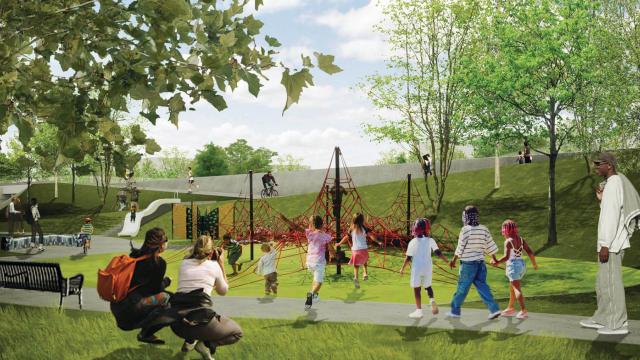
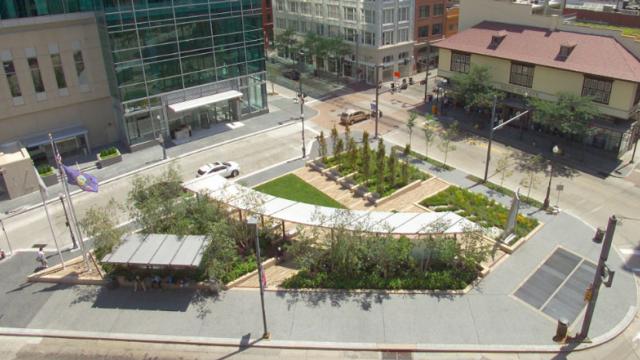


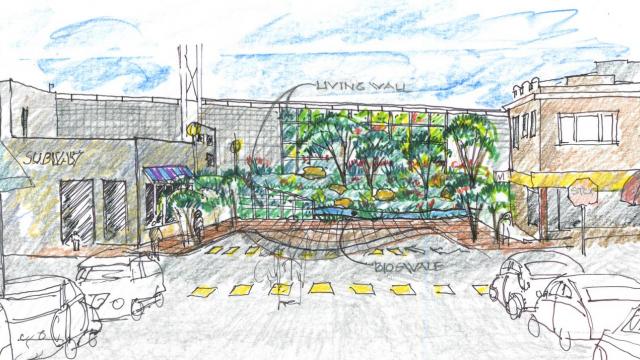

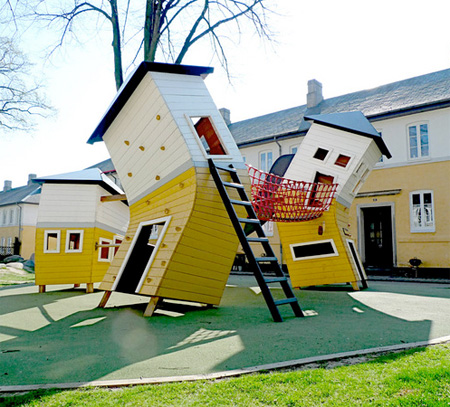

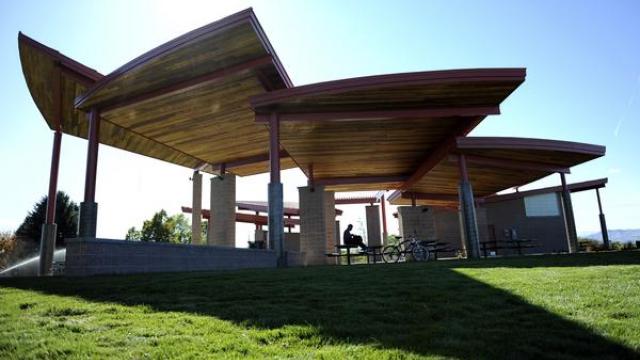


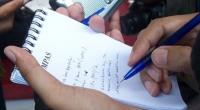
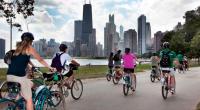



.html)
.html)
.jpg)
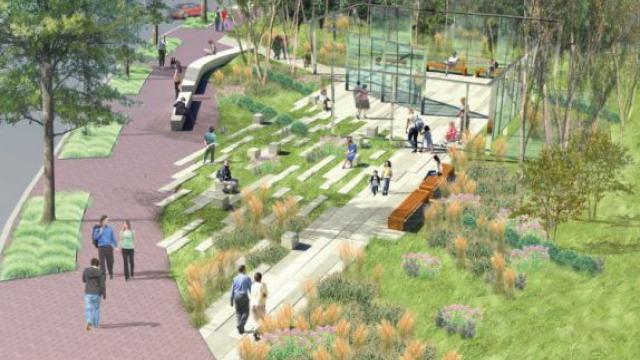
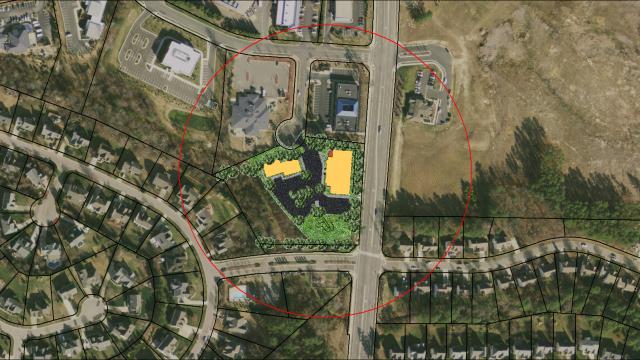
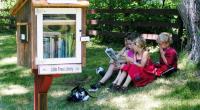
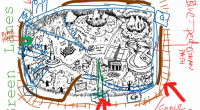


.html)


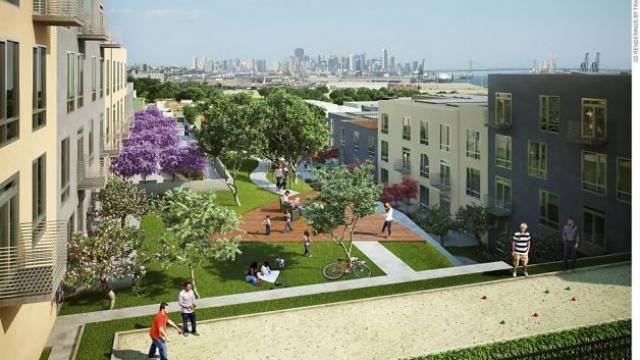
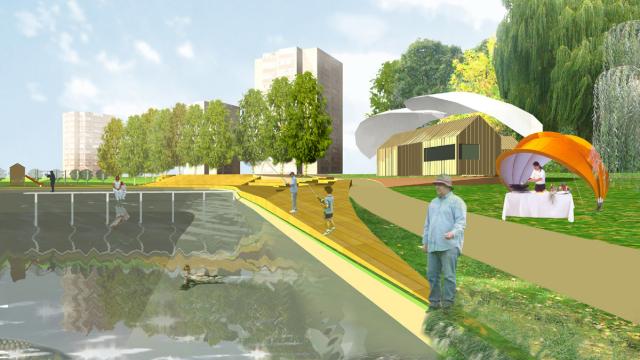


.html)
.html)
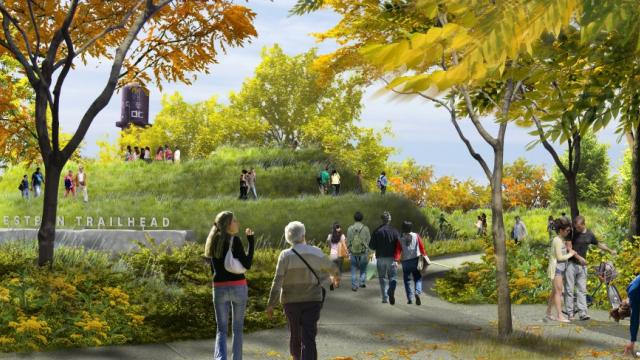
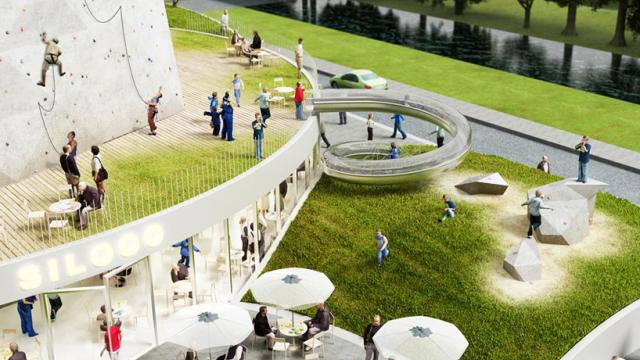
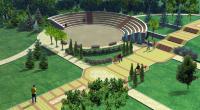


.html)



Comments
i do like your background
I like your thought process through this project. Your symbolism of a bridge is cool, because bridges aren't really used too often in parks.